WHEN Kaho Naa Pyaar Hai was released on January 14, 2000, it became a surprise hit and the first Bollywood blockbuster of the new millennium. As the second-highest-grossing Hindi film of the year, it catapulted Hrithik Roshan to overnight superstardom. Directed by Rakesh Roshan, this romantic drama achieved numerous milestones, including breaking records for awards, redefining the Hindi film hero, and influencing popular culture.
To celebrate the 25th anniversary of this iconic film, Eastern Eye presents an A to Z guide covering its unforgettable moments, behind-the-scenes stories, and lasting legacy.
A is for awards: Kaho Naa Pyaar Hai won so many awards that it entered the Guinness Book of World Records, bagging top honours across Bollywood ceremonies, including best film, best director, best actor, and best music.
B is for box office: This unexpected blockbuster became the year’s second-highest-grossing Bollywood film, drawing audiences worldwide.
C is for casting: Shah Rukh Khan was initially approached for the lead role but turned it down, leading to the director’s son, Hrithik Roshan, stepping in and making a historic debut. Kareena Kapoor was originally cast opposite him but left the project after a disagreement, paving the way for debutante Ameesha Patel to take on the role.
D is for different double: Hrithik Roshan redefined the portrayal of double roles in Bollywood by breaking traditional stereotypes. He explained, “For the cool dude Raj in the second half, I made him wear glasses and kept him clean-shaven. I gave Rohit, the simpleton, stubble. Traditionally, stubble was reserved for the hero and glasses for the nerd. I reversed that, and it worked like magic.”
E is for Ek Pal Ka Jeena: While the soundtrack (see M) featured multiple hit songs, Ek Pal Ka Jeena became a standout due to its remarkable picturisation. The song showcased Hrithik Roshan's extraordinary dance skills, including his globally celebrated signature move, and earned Farah Khan top honours at all major choreography awards.
F is for frenzy: Hrithik Roshan’s debut sparked an unprecedented level of overnight superstardom, creating a massive fan frenzy that was dubbed ‘Hrithik-mania.’
G is for glasses: Hrithik Roshan reused the glasses he wore as the suave Raj in Kaho Naa Pyaar Hai for his portrayal of the mentally disabled Rohit in Koi Mil Gaya, another hit film produced and directed by his father, Rakesh Roshan.
H is for hidden: Hrithik Roshan’s extra thumb, a well-known physical feature, was carefully concealed and never shown in his debut film, Kaho Naa Pyaar Hai.
I is for impact: Kaho Naa Pyaar Hai left a lasting impression on popular culture with its fashion, dance moves, music, and stunning locations. Most significantly, Hrithik Roshan redefined the Hindi film hero by combining a muscular physique with exceptional dancing skills. The film inspired countless aspiring actors, including future stars, to pursue a career in Bollywood.
J is for Jasveer: Before rising to fame as a popular TV actress, Jasveer Kaur worked as a background dancer, including in Kaho Naa Pyaar Hai. The film also marked the acting debut of TV personality Tannaz Irani.
K is for Khao Phing Kan: The title track of Kaho Naa Pyaar Hai was filmed at Khao Phing Kan in Thailand, famously known as James Bond Island. The picturesque location has since become a favourite spot for Bollywood fans, many of whom recreate the iconic song there.
L is for Lucky Ali: The soundtrack of Kaho Naa Pyaar Hai stands as singer Lucky Ali’s biggest Bollywood success, featuring the chart-topping songs Ek Pal Ka Jeena and Na Tum Jano Na Hum. These tracks remain fan favourites, and he continues to perform them live to this day.
M is for music: Rajesh Roshan’s award-winning soundtrack for Kaho Naa Pyaar Hai featured iconic hits such as Ek Pal Ka Jeena, Na Tum Jano Na Hum, Chand Sitaare, and the unforgettable title track. As one of the decade’s best-selling albums, it swept all the major Bollywood music awards.
N is for no: Rakesh Roshan initially declined to launch Hrithik as a hero, encouraging him to succeed on his own. When he eventually decided to cast his son in the lead roles, prominent figures in the film industry tried to dissuade him. However, after completing the script, Rakesh became convinced that Hrithik was the perfect choice for the double role.
O is for Otago: Kaho Naa Pyaar Hai became the first Bollywood film to be shot in New Zealand, featuring stunning locations like Queenstown, Christchurch, and Otago. Its success paved the way for other Indian films to be filmed in the country and contributed to a significant boom in Indian tourism to New Zealand.
P is for publicity: Unlike most newcomers, Hrithik Roshan did no promotional activities before the release of Kaho Naa Pyaar Hai. He explained to Eastern Eye: “People said as a new guy you have to do magazine covers and press interviews. You have to put yourself out there, but I did absolutely nothing. The first time people saw me was on the big screen. They only knew me through the promos and trailers of Kaho Naa Pyaar Hai. Nobody had really done that until then.”
Q is for quick: Although Kareena Kapoor exited the film, there is a blink-and-you-miss-it shot of her in Kaho Naa Pyaar Hai from a distance – a detail that came to light many years later.
R is for Rakesh Roshan: Kaho Naa Pyaar Hai was written, directed, and produced by actor-turned-filmmaker Rakesh Roshan. He dedicated over two years to the project, including guiding his son Hrithik through a physical transformation for the roles. The film became the biggest success of his career and marked the beginning of a dream collaboration with Hrithik, leading to subsequent blockbusters like Koi Mil Gaya and the Krrish series.
S is for superstition: Rakesh Roshan has consistently begun the titles of his films with the letter "K," believing it to bring good luck. He continued this tradition with Kaho Naa Pyaar Hai and followed it in all subsequent films, including Koi Mil Gaya, Krrish, and Kites.
T is for twist: The plot of Kaho Naa Pyaar Hai includes a twist where the heroine encounters a lookalike of her deceased lover in the second half. This mirrors a similar plot element in the 1986 Kannada film Ratha Sapthami, although it has never been confirmed if Kaho Naa Pyaar Hai was inspired by it.
U is for underwater: The dramatic underwater scene where Rohit meets his tragic end required Hrithik Roshan to dive 30 feet below the surface and stay submerged for nearly 45 minutes. Trained divers were on hand to guide him through the sequence. Reflecting on the moment, producer-director Rakesh Roshan said, “I felt proud of Hrithik. Remaining underwater for so long required a great deal of guts, more than anything else, as anything could have gone wrong at any time.”
V is for victory: Hrithik Roshan made history as the first actor in Bollywood to win both the Filmfare award for best debut and best actor in the same year. He replicated this success at other major award ceremonies, including IIFA, Screen, and Zee Awards, solidifying his place as a breakout star.
W is for weight-training: Hrithik Roshan’s chiseled physique in Kaho Naa Pyaar Hai set a new standard for the Hindi film hero. His intensive weight-training regimen not only gave him a well-defined body but also earned him the nickname “Greek God.”
X is for X-Factor: While Kaho Naa Pyaar Hai boasted a strong storyline, memorable music, and stunning locations, its undeniable X-Factor was Hrithik Roshan. His performance marked the most impactful male debut in Bollywood history, redefining the Hindi cinema leading man and setting a new benchmark for future actors.
Y is for yacht: The romantic song Pyaar Ki Kashti Mein was filmed aboard the luxurious Star Clipper yacht.
Z is for ZEE5: When Kaho Naa Pyaar Hai premiered on television, it garnered exceptionally high ratings. Today, the film remains accessible on the streaming platform ZEE5, with unofficial copies also available on YouTube.
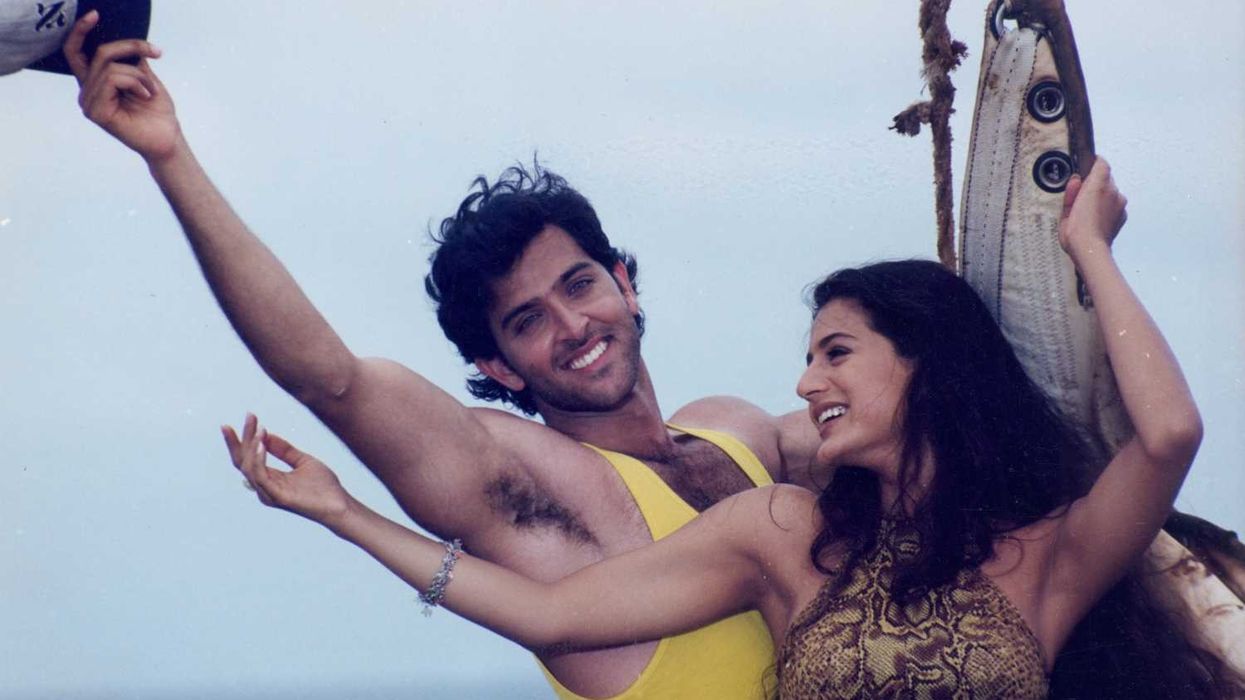
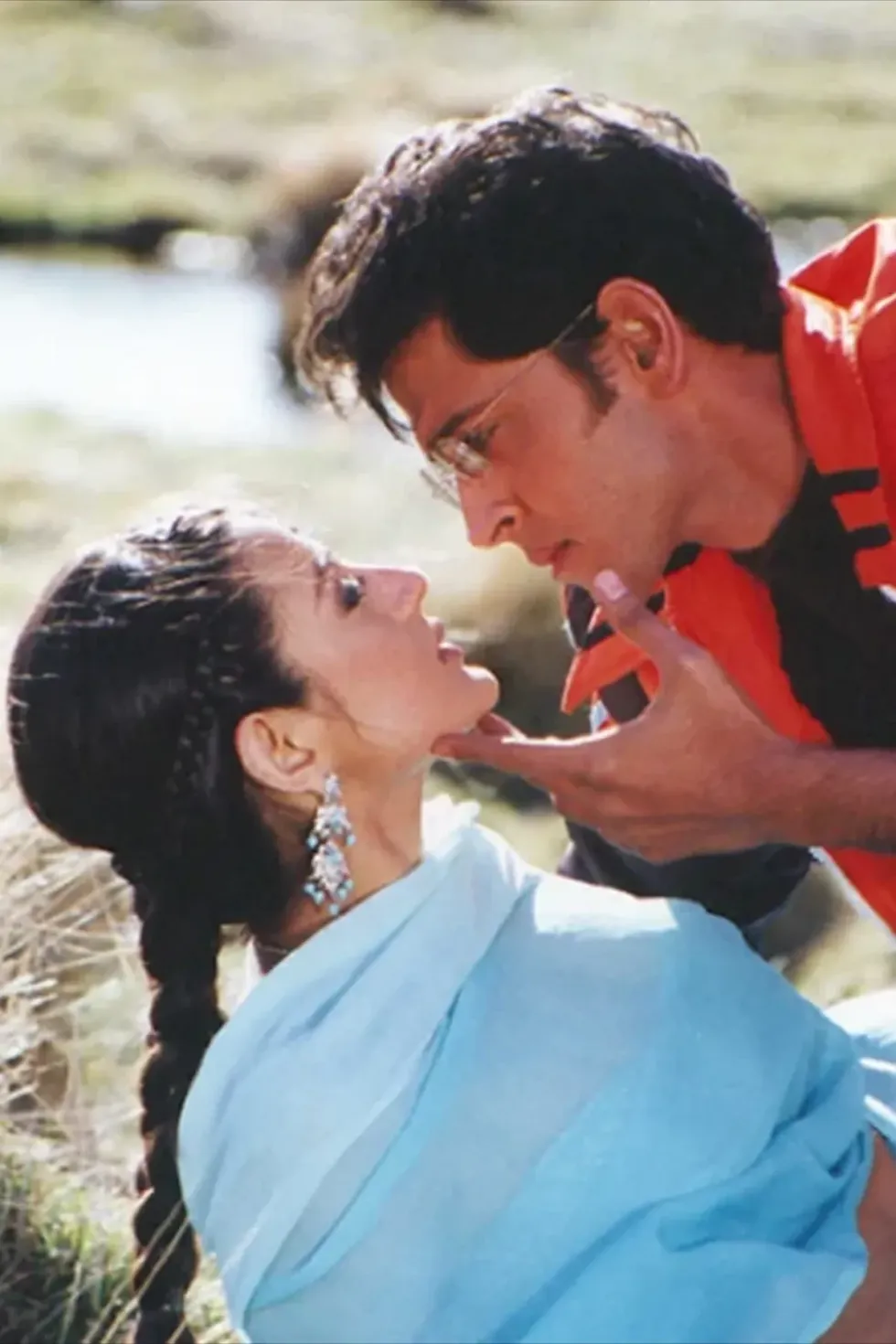
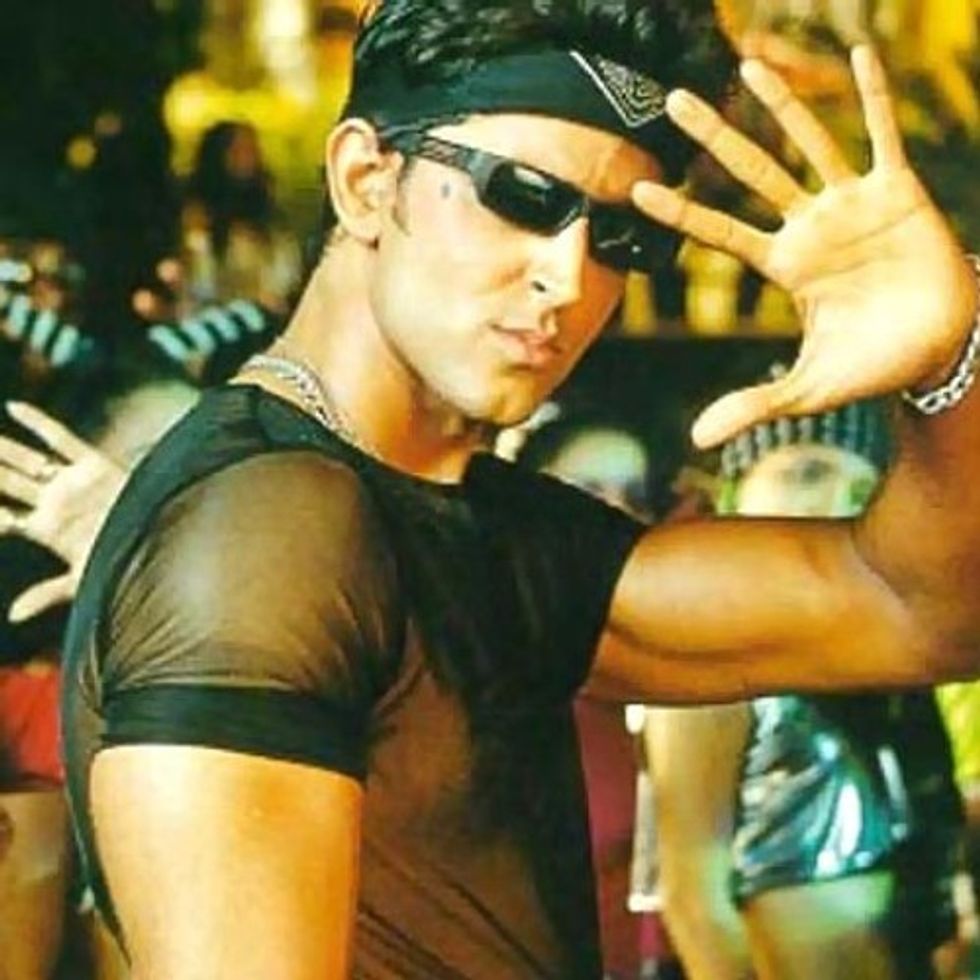
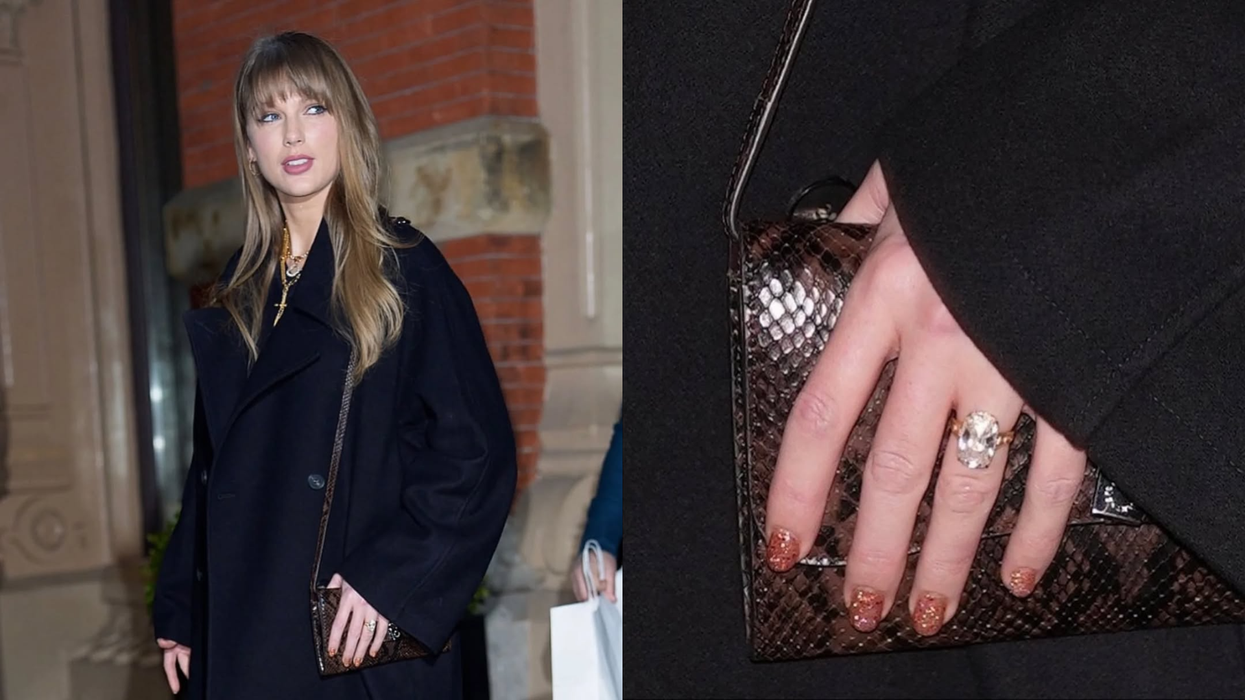

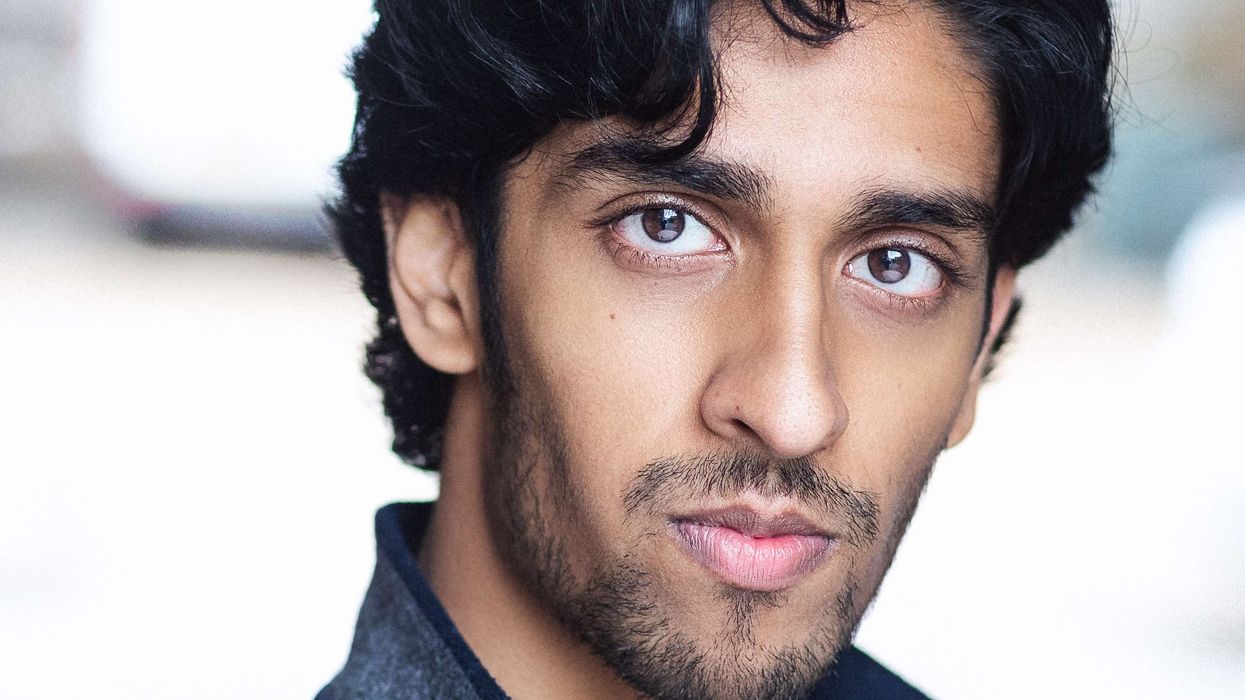


 Priyanka talking about challenges and growth in Hollywood Getty Images
Priyanka talking about challenges and growth in Hollywood Getty Images  Priyanka Chopra opens up on mistakes and learning during her decade in HollywoodGetty Images
Priyanka Chopra opens up on mistakes and learning during her decade in HollywoodGetty Images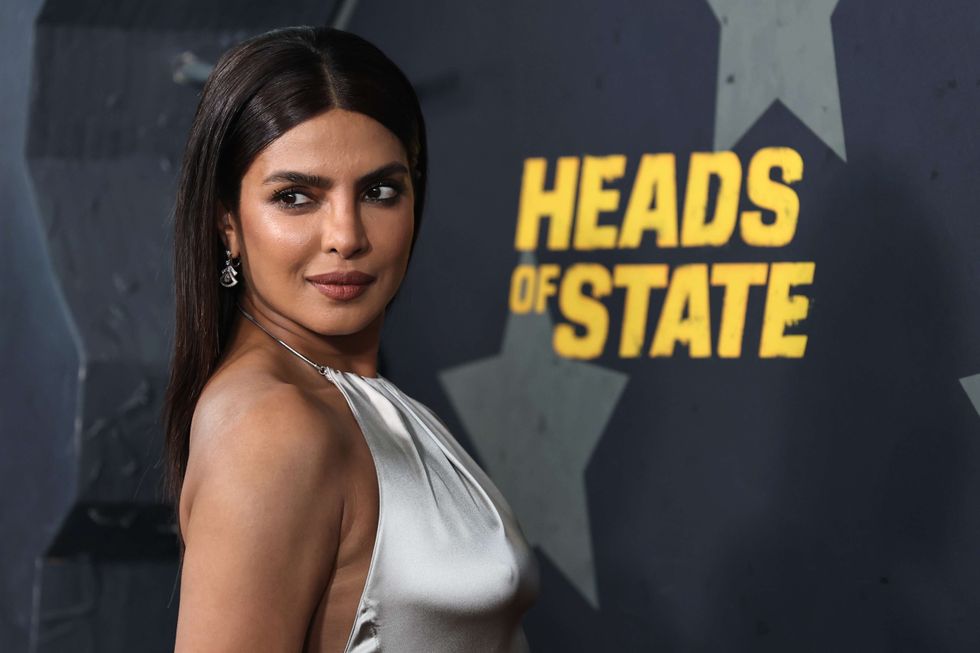 Priyanka Chopra admits she didn’t always get Hollywood right and had to keep movingGetty Images
Priyanka Chopra admits she didn’t always get Hollywood right and had to keep movingGetty Images






